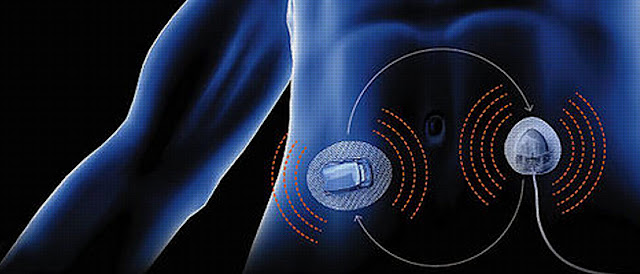The Science behind the Influenza Vaccines: How They Work Effectively?
 |
| Influenza Vaccines |
Influenza vaccines are members of the Orthomyxoviridae RNA virus family and are divided into influenza a, influenza B, and influenza C based on their main antigenic distinctions. The seasonal and pandemic human epidemics caused by influenza viruses occur annually. Each year, seasonal influenza epidemics brought on by influenza A and B viruses cause 3 to 5 million serious illnesses and thousands of fatalities worldwide. This exercise explains the mechanism of action of the influenza vaccine, including delivery methods, formulations, adverse event profiles, demographics of patients who are eligible, monitoring, and a focus on the role of the multidisciplinary team in patient management.
Influenza viruses are
members of the Orthomyxoviridae RNA virus family and are divided into influenza
a, influenza B, and influenza C based on their considerable antigenic
differences. Transmission from fomites, coughing, and sneezing can happen from
person to person. Compared to seasonal influenza, pandemics are to blame for
higher rates of morbidity and fatality.
The global influenza vaccines market is estimated to be valued at US$ 5,965.9 Mn in 2022 and is expected to exhibit a CAGR of 4.2% over the forecast period (2022-2030).
The Influenza
vaccine that includes the genetic instructions for producing the HA is
what flu researchers need in order to create a recombinant vaccine. A flu
virus's HA is an antigen, which is a component that causes the immune system to
produce antibodies that specifically target the virus.
Because flu viruses evolve
so quickly, you could not be protected from this year's viruses by the vaccine
you received last year. Every year, new influenza vaccinations are introduced
to keep up with the flu viruses' fast evolution. Your immune system produces
antibodies to defend you against the viruses in the vaccine when you receive a
vaccination. But with time, antibody levels may drop, which is just another
reason to get an annual flu shot.
Influenza vaccines vary from
conventional prescription medications in two key respects. The first is that
rather than treating disease, they are made to prevent it. They achieve this by
training the immune system of the patient to recognize a particular pathogen,
such as a virus or bacteria that causes a disease. Since this
"memory" can continue for years or even forever in some situations,
vaccinations can be quite helpful in preventing illness rather than treating it
once it has already begun. The second is that, by their very nature, vaccines
are biological products rather than chemical ones like the majority of
medications. They are typically less stable than chemicals and more sensitive
to temperature as a result, which not only increases the complexity and cost of
the production processes.



Comments
Post a Comment